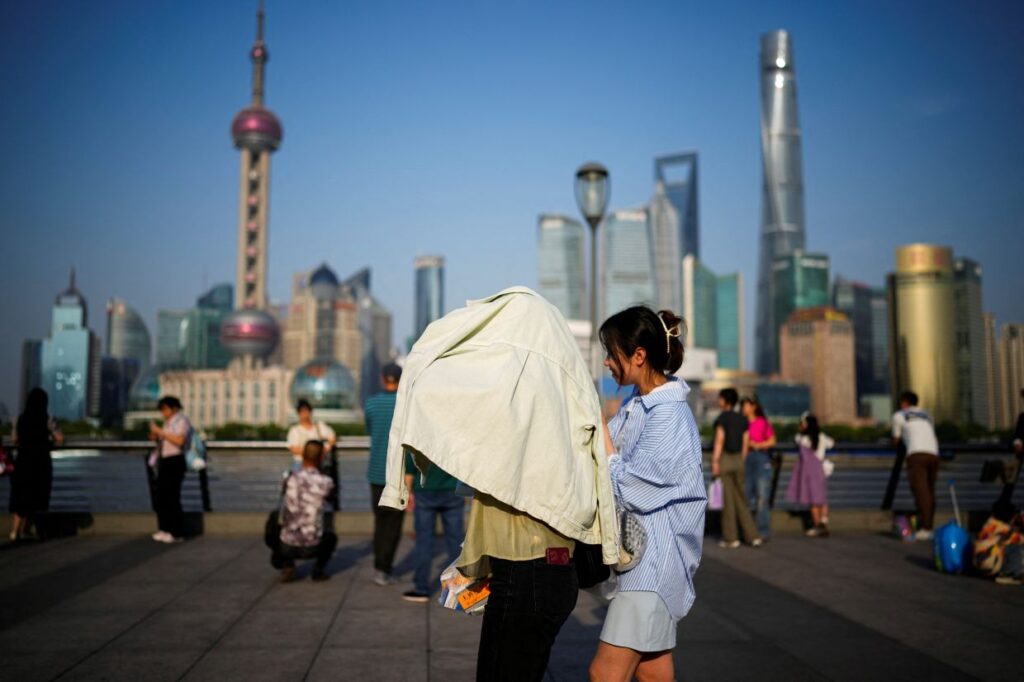A suffocating heatwave has descended upon China’s eastern seaboard, wrapping megacities like Hangzhou and Shanghai in a sweltering blanket of temperatures that refuse to relent. The mercury has soared above 40°C (104°F) for days, unleashing a frenzy of electricity demand as desperate residents and businesses crank up their air conditioners in a bid for relief.
In Hangzhou, a city of 12.5 million souls and a hotbed of entrepreneurial spirit, the authorities have sounded the alarm, imposing a draconian ban on non-essential outdoor lighting and displays to conserve precious energy. The city’s power grid is groaning under the strain, its very fabric threatened by the unrelenting heat.
Shanghai, China’s cosmopolitan crown jewel, is also feeling the heat, its power grid straining to meet the record-breaking demand of over 40 million kilowatts. The city’s steel and glass skyscrapers, once proud symbols of its economic prowess, now stand as testaments to its vulnerability in the face of extreme weather.
As the heatwave tightens its grip, Chinese meteorologists point to global warming as the culprit, its effects exacerbated by the lingering shadow of La Nina. The country’s warmest spring on record has given way to a summer of unrelenting drought and heat, with the rice crops of Hubei, Hunan, Jiangxi, Anhui, and Zhejiang provinces hanging precariously in the balance.
The heatwave’s deadly tentacles have already reached into neighboring South Korea and Japan, claiming lives and leaving devastation in their wake. China, too, is bracing for the worst, its citizens holding their collective breath as the temperatures continue their relentless march upward.



